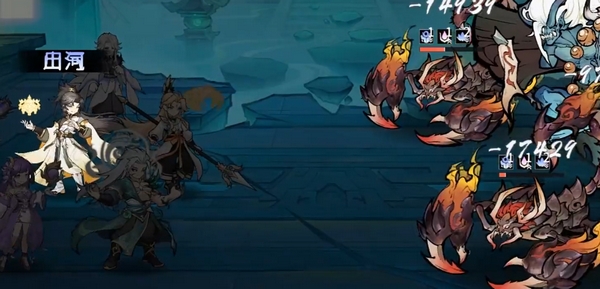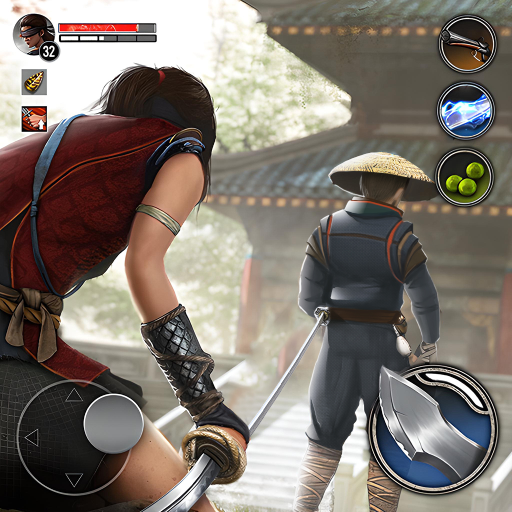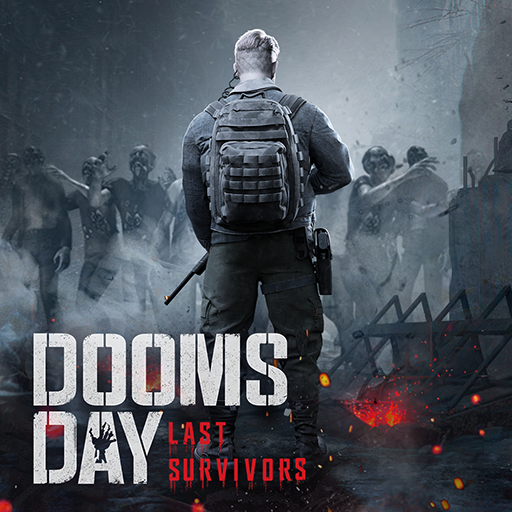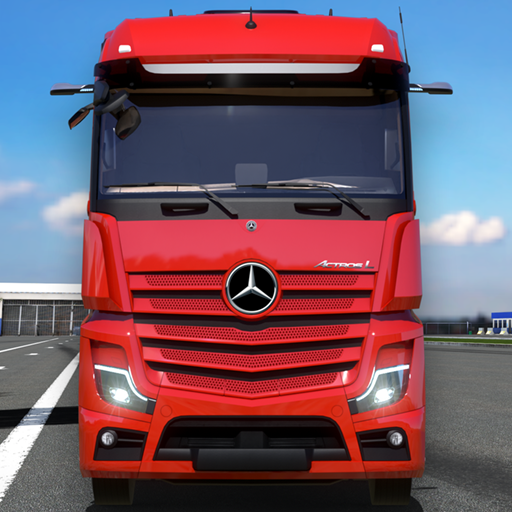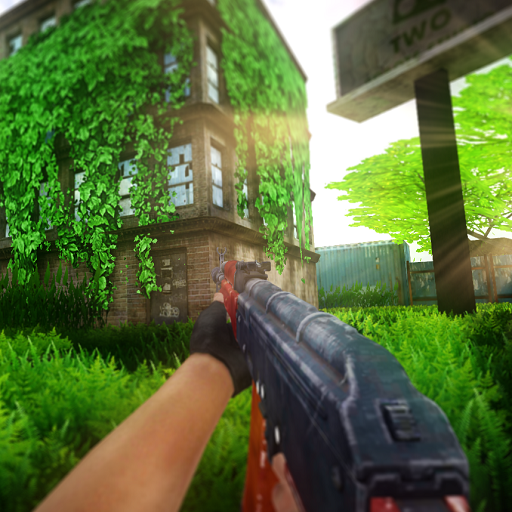Today, I'm here to introduce the gameplay of rifles in Valorant: Operation Energy. The choice and use of rifles directly affect the win rate of battles. From transitional weapons during economically tight situations to core equipment that dominates the game in the mid-to-late stages, the four rifles in the game each have their unique characteristics and usage scenarios. The close-range burst power of the economical rifle, the stealthy ambush advantage of the silenced rifle, the precise single-shot capability of the semi-automatic rifle, and the long-range suppression power of the high-damage rifle, all form a rich dimension of tactical choices. Let's take a closer look at them.
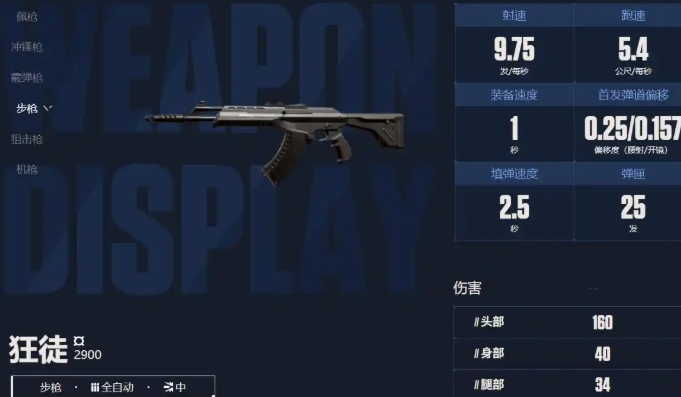
Bulldog is an affordable automatic rifle, making it an ideal choice for financially constrained situations. It has a 24-round magazine and a three-round burst mode. In close combat, the three-round burst can instantly unleash powerful firepower, dealing lethal damage to enemies, especially in narrow terrains like complex corners, where its flexibility and close-range burst power are fully showcased. However, Bulldog also has its weaknesses; its bullet spread and damage drop-off are significant at long range, often requiring five shots to hit the body to secure a kill, which greatly limits its long-range combat capabilities on open maps. Therefore, Bulldog mainly serves as a transitional weapon in economic rounds, helping players maintain some level of combat effectiveness in close quarters when funds are limited, thus buying time for the team to accumulate more resources.
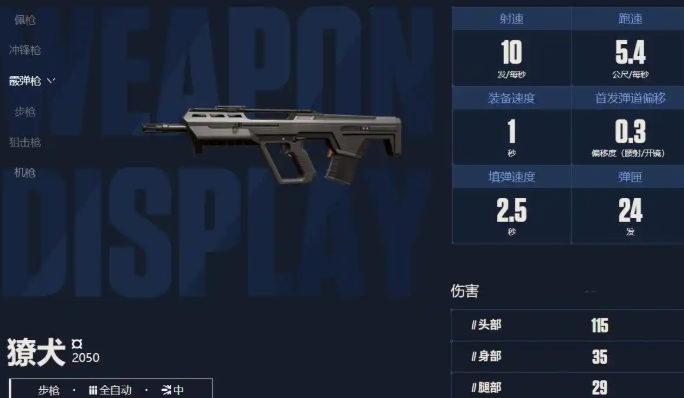
Guardian is the game's unique semi-automatic rifle, equipped with a 1.5x scope, giving it a natural advantage in medium to long-range engagements. With a single-shot damage of 195, it can achieve a one-shot headshot from any position on the map, making it an excellent choice for defenders setting up positions. Players can use the built-in scope to pre-emptively lock onto potential enemy locations, using their precise shooting skills to effectively deter attacking opponents. However, Guardian has a relatively slow fire rate, firing only 5.25 rounds per second, and has a small 12-round magazine, meaning it has a low margin for error. If a mistake is made during shooting or if the enemy is not killed promptly, the player may find themselves in a situation with insufficient ammunition. Therefore, Guardian relies more on the player's stable shooting skills and excellent positioning sense, suitable for those who excel in precise shooting and can control their shooting rhythm.
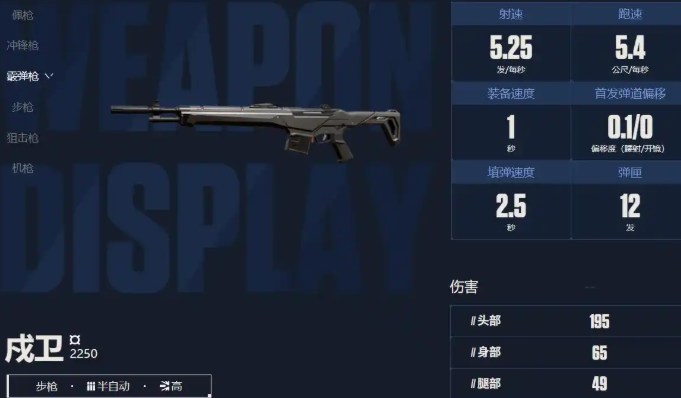
The Phantom's standout feature is its silenced design, which makes it very quiet when fired, making it difficult for enemies to detect, creating favorable conditions for ambushes and surprise attacks. It also boasts a high fire rate, stable recoil, and a large 30-round magazine. In close combat, the Phantom performs exceptionally well, with 156 damage capable of achieving a one-shot headshot. Even in smoky, complex environments, it can leverage its silent advantage and stable recoil to deal effective damage without revealing the player's position. When shooting through smoke, it leaves no obvious bullet trail. However, the Phantom has some limitations at long range due to damage drop-off, preventing it from achieving one-shot headshots like it does at close range. Overall, its comprehensive performance makes it a top choice for new players, especially in close-quarters scenarios on smaller maps, where the Phantom's mobility and stability help players better handle unexpected situations and gain the upper hand in chaotic battles.
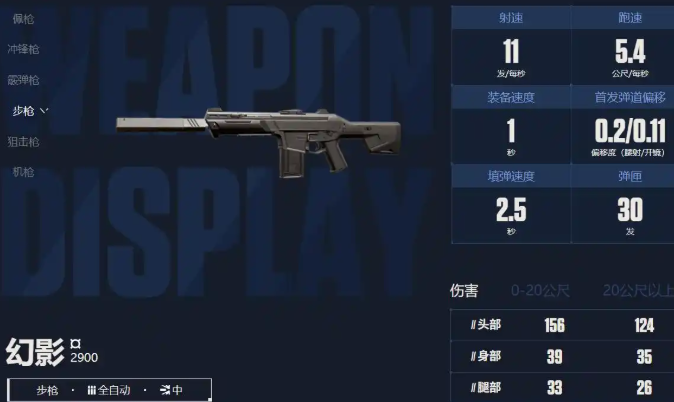
The introduction to the gameplay of rifles in Valorant: Operation Energy is complete. Through a systematic breakdown of the rifle system in Valorant: Operation Energy, players can clearly understand the tactical positioning and key usage points of each firearm. From transitional weapons in economic rounds to precise engagements at medium to long range, each rifle needs to be used flexibly based on map characteristics, team roles, and individual playstyles.

